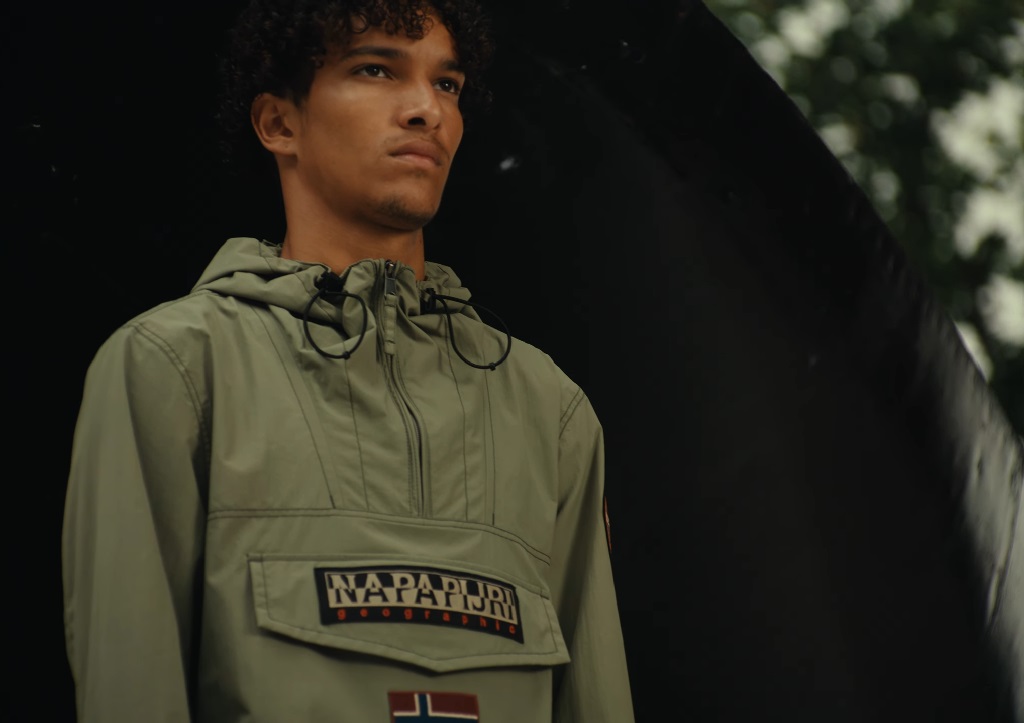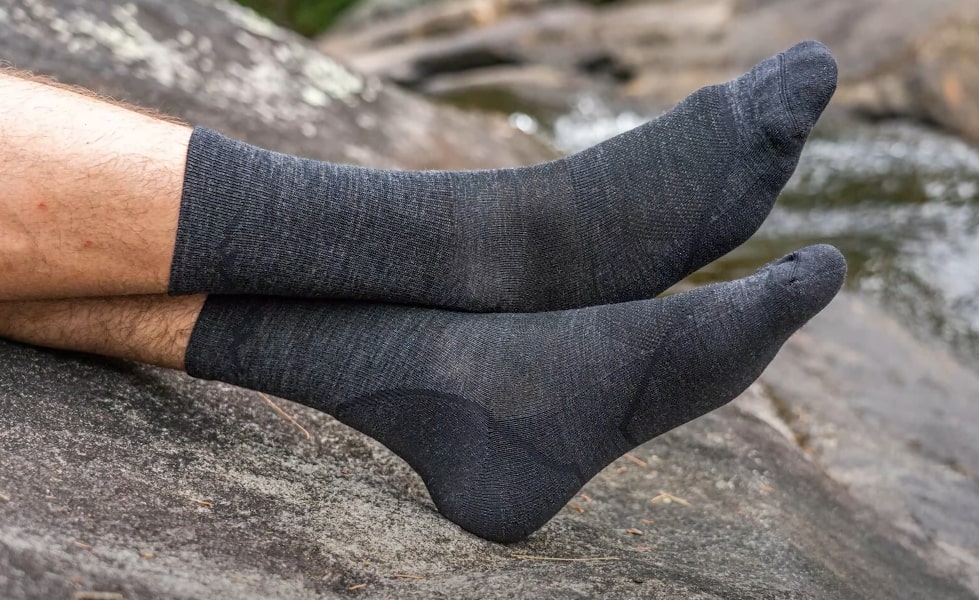
Checking out what to pack for the Amazon rainforest adventure is no joke. You are stepping into one of the most unpredictable environments on the planet, where the weather shifts fast, the humidity hits hard, and nature doesn’t take a break.
I learned this the hard way on my first trip, overpacking with things I didn’t need and forgetting the essentials that could’ve saved me a lot of hassle.
Every item here is something I learned to pack after getting it wrong the first time. It is what you actually need to handle the Amazon without overpacking or missing something important. Nothing extra, just the essentials.
Health and Safety
You cannot take chances with your health in the Amazon. Between the heat, bugs, and unpredictable conditions, having the right basics can save you a lot of misery. These are the must-haves to stay safe and comfortable.
1. First Aid Kit

Do not skimp on this. Pack bandages, antiseptic wipes, painkillers, hydration powder, anti-itch cream, and anti-diarrheal medicine. When you are in the middle of nowhere, a small cut or stomach issue can feel like a big deal.
I always go on trips with the YEYETAC kit. It keeps everything organized in one place, so when something happens and you actually need a first aid kit, you won’t waste time digging through your stuff.
The same kit is essential during any type of emergency.
2. Insect Repellent
You will not survive the Amazon without this. Get a repellent with DEET and keep it close. Mosquitoes do not care if you forgot to pack it.
3. Sunscreen
The sun hits differently in the jungle. Even under the trees, you will end up burned if you are not careful. Pack a good sunscreen that can handle sweat and humidity.
4. Personal Medications
If you take any meds, bring extra. Pharmacies are not exactly around the corner, and you do not want to get stuck without what you need.
5. Antibacterial Wipes
These are lifesavers. Sweat, dirt, and no running water mean you will want to clean up often. A few wipes can make a big difference in how you feel.
6. Vaccination Card
Some places will not even let you board your flight without proof of vaccination, especially for yellow fever. Do not forget it—it is not negotiable.
Clothing and Footwear
The wrong clothes will leave you soaked, bitten, or just plain miserable. Packing the right gear makes all the difference in staying comfortable and protected.
7. Lightweight Jacket

A good jacket is your shield against sudden rain and cooler evenings. Go for something lightweight and water-resistant that you can easily pack away when it is not needed.
8. Quick-Dry Pants
Regular pants will not cut it here. Bring a couple of pairs that dry fast and are comfortable for hiking. Bonus points if they have zip-off legs for extra flexibility.
9. Long-Sleeve Shirts
Mosquitoes are relentless, and long sleeves are your best defense. Look for breathable fabrics that keep you cool while protecting your skin.
10. Short-Sleeve Shirts
You will not need many, but a couple of lightweight short-sleeve shirts are great for layering or wearing around camp.
11. Hiking Socks

Forget the ankle socks. Get proper hiking socks that are long enough to tuck your pants into—nothing ruins a hike faster than bugs crawling up your legs.
12. Comfortable Underwear
Go for quick-drying, breathable options. Trust me, you do not want to deal with damp underwear in this kind of humidity.
13. Sweater
It might surprise you, but evenings can get cool, especially after a downpour. A lightweight sweater or fleece will keep you comfortable.
14. Bathing Suit
A bathing suit is essential for cooling off in safe areas or for cleaning up at the lodge after a long, sweaty day. You will be glad you packed one.
15. Hiking Boots
Your shoes will make or break your trip. Go for sturdy, waterproof boots that can handle mud and give you solid footing on uneven trails.
16. Sandals
At the end of a long day, your feet will thank you for a pair of comfortable sandals. Just make sure they are sturdy enough to keep you safe from bugs.
Bags and Storage

The right bags can make all the difference between staying organized and dealing with a soggy mess.
17. Backpack or Duffel Bag
You need something durable and easy to carry. A backpack or sturdy duffel bag works best, especially since you might need to haul it short distances yourself.
18. Daypack
For day trips and excursions, a smaller daypack is perfect for carrying essentials like water, snacks, and your camera.
19. Dry Bags
Rain is unavoidable, and so is getting wet. Dry bags will keep your clothes, electronics, and other valuables safe and dry. Pack a few in different sizes for maximum protection.
Accessories and Gear
The Amazon is unpredictable, and the right gear can mean the difference between an amazing trip and constant frustration. These items are small but essential for making your adventure smoother.
20. Hat
A wide-brimmed hat will protect you from the intense sun and help keep you cool during long hikes.
21. Sunglasses
Your eyes will need protection from the glare of the sun, especially during boat rides or open trails. Pick a pair with strong UV protection.
22. Flashlight

The jungle gets pitch dark at night. A reliable flashlight or headlamp is essential for navigating the lodge or nighttime excursions.
23. Binoculars
Spotting wildlife is much easier with a good pair of binoculars. They are a must-have for getting a closer look at birds and animals in the distance.
24. Water Bottle
Staying hydrated is critical. A refillable water bottle is not just convenient; it also helps reduce waste in the fragile rainforest ecosystem.
25. Power Bank
Electricity is limited in the Amazon. A power bank ensures your phone or camera stays charged for photos and emergencies.
26. Camera
Do not rely solely on your phone. Bring a camera with a zoom lens to capture the incredible wildlife and landscapes you will encounter. For me, it is always the first thing I pack as always prefer saving those memories in the highest quality.
Comfort and Hygiene
The humidity and remoteness mean you need to be ready for situations where comfort and cleanliness are not guaranteed. These essentials will keep you feeling human when the jungle pushes you to your limits.
27. Toothbrush, Toothpaste, and Deodorant
Pack the basics to stay fresh, even when you are sweating buckets. Choose compact and long-lasting options to save space.
28. Tissue Packs
Bathrooms are not always well-stocked, and sometimes the forest is your only option. Pocket-sized tissue packs are a lifesaver.
29. Snacks
While lodges usually feed you well, having a stash of protein bars or nuts is great for hikes or in-between meals.
Documents and Valuables
Having your documents and valuables ready is important for flights, check-ins, and permits. It makes your trip easier and avoids any unexpected problems.
30. Passport and Copies
While you will not need it in the forest itself, keeping it safe and carrying a copy as a backup is crucial in case something goes wrong.
31. Reservations
Print or download copies of your flight details, lodge bookings, and tour confirmations. These are often needed during check-ins, and with limited internet access, having them handy saves time and frustration.
32. Insurance Documents
Travel insurance is a must for remote trips like this. Keep a copy of your policy and emergency contact numbers with you in case of unexpected medical needs or emergencies.
33. Cash
Even in the rainforest, cash comes in handy for tips, local market purchases, and small expenses at lodges or villages. ATMs are rare, so carry smaller bills in a secure money pouch to avoid issues.
FAQs
What Is the Best Time to Visit the Amazon Rainforest?
The best time to visit the Amazon depends on your preferences. The dry season (June to November) offers easier hiking and better wildlife spotting, while the wet season (December to May) provides lush landscapes and the chance to explore flooded areas by boat.
Is It True That the Amazon Rainforest Houses One-Tenth of All Species on Earth?
Yes, it is! The Amazon Rainforest is home to an incredible variety of life, with around 10% of all known species found there. It is one of the most biodiverse places on the planet.
Do I Need Vaccinations to Visit the Amazon?
Most travelers are advised to get a yellow fever vaccination before visiting the Amazon. Other recommended vaccinations include hepatitis A and typhoid. Always check with your doctor or a travel clinic before your trip.
What Should I Expect from the Weather in the Amazon?
The Amazon is hot and humid year-round, with temperatures often exceeding 80°F (27°C). Rain is frequent, especially in the wet season, so be prepared for sudden downpours and high humidity.
Is It Safe to Visit the Amazon?
Yes, visiting the Amazon is generally safe when you go with a reputable tour operator and follow basic precautions. Stick to guided tours, stay hydrated, use insect repellent, and follow your guide’s instructions to avoid risks.
Last Words
The Amazon Rainforest is an experience unlike any other. Proper preparation ensures you can enjoy the adventure without unnecessary stress. The beauty, wildlife, and raw power of the rainforest make it a journey you will never forget.
With everything ready, you can focus on the experience and create memories that last forever.
















